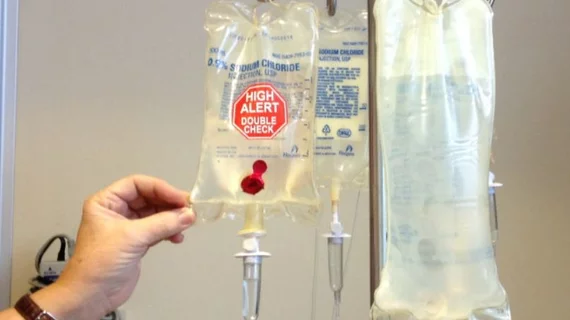How breast-specific gamma imaging can help assess cancer patients
Breast-specific gamma imaging (BSGI) may be able to help specialists assess treatment response in breast cancer patients after neoadjuvant chemotherapy (NAC), according to a new study published in the American Journal of Roentgenology.
“Assessment of tumor response after NAC with breast MRI has been reported to be more accurate than mammography and sonography and is one of the mainstay imaging modalities used to assess treatment response,” wrote author Shannon Kim, MD, department of radiology at Eastern Virginia Medical School in Norfolk, Virginia, and colleagues. “However, even with MRI, there has been variability in assessing response after NAC.”
BSGI is typically used to help make an initial breast cancer diagnosis, the authors noted, but they wanted to explore its potential for assessing treatment response in breast cancer patients after NAC.
The team studied data from 114 patients from the Sentara Dorothy G. Hoefer Comprehensive Breast Center in Newport News, Virginia. All patients underwent BSGI and breast MRI for initial staging after NAC from Jan. 1 2007, to March 31, 2012. Thirty of those patients had a complete pathologic response to NAC.
Overall, both modalities performed well. Kappa values were 0.47 (BSGI) and 0.41 (breast MRI). While BSGI had a lower sensitivity (70 percent vs. 83 percent) than breast MRI, it did have a much higher specificity (90 percent vs. 60 percent) when it came to accurately determining complete response after NAC. Breast MRI had a sensitivity of 83 percent.
“These results suggest that BSGI may be a useful adjunct imaging modality for the prediction of a complete treatment response after undergoing NAC treatment,” the authors wrote. “In clinical practice, the lower specificity of MRI would lead to more biopsies, which can increase cost to patients in time, money, and anxiety.”

